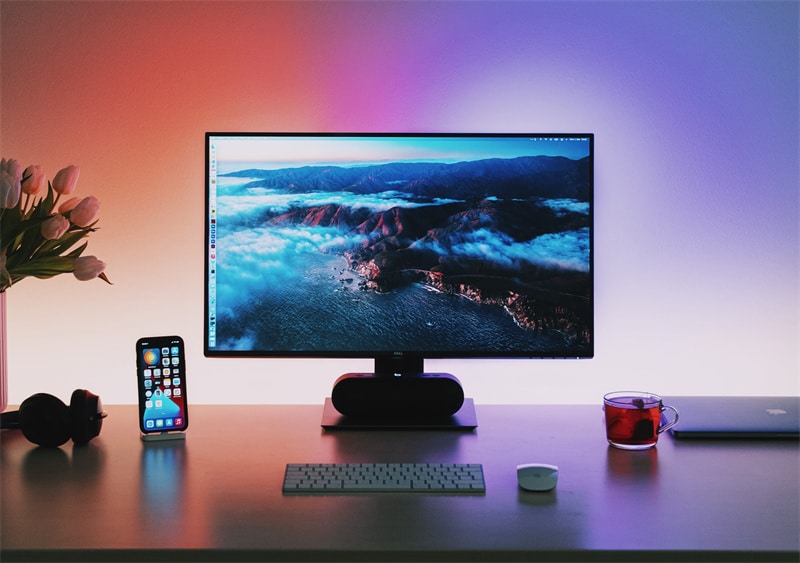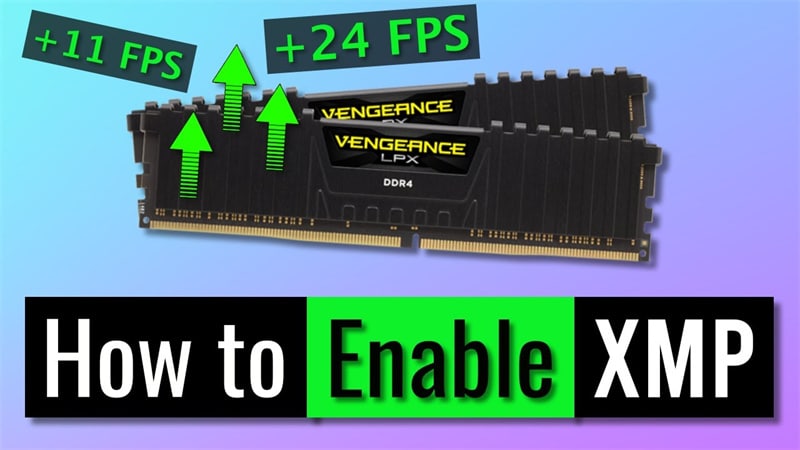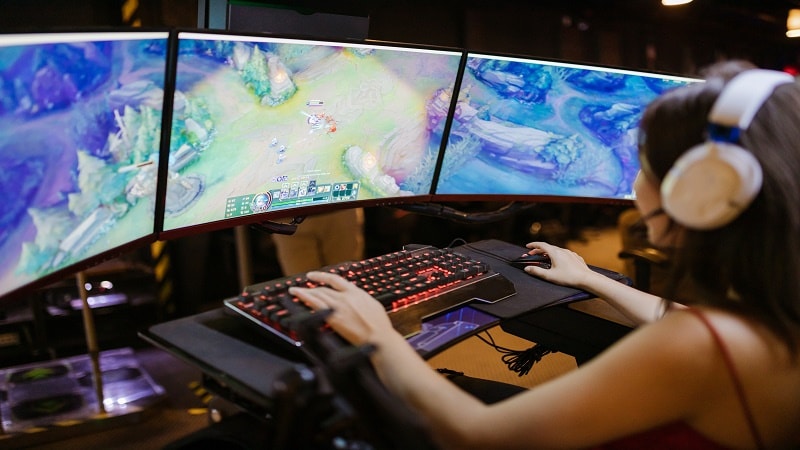When you’re gaming, your fps (frames per second) can massively impact the experience. The more frames you have, the smoother the game will run and appear.
The higher and more stable fps you have, the gameplay is more immersive and enemy tracking is accurate. Low fps, on the other hand, is not only unsightly but also problematic. If you’re playing a competitive game that hinges on your ability to respond promptly to visual cues, a low fps is the last thing you want.
If you want to avoid unwanted stutters and lag, then make sure you try these proven fps boosters.
Maximize Your Monitor’s Refresh Rate

Gamers know that a solid gaming monitor will have a high refresh rate, making it capable of displaying more frames per second. With this alone, you’ll enjoy better detail and lower visual latency.
Many players, however, often forget to actually set their refresh rate because they assume the monitor will automatically be at its highest setting. Make sure you go to your Display settings, check Advanced Display, and pick the maximum refresh rate available. If you don’t do this, you could be wasting your 144Hz monitor by simply running on 60Hz.
Lower Your In-Game Graphics
Running your games on Ultra may look beautiful, but this also results in lower fps because your PC is rendering and processing much more information.
Simply go to your in-game settings and lower your graphics settings and you’ll see immediate improvements. Even just jumping down to Medium or High can do wonders, but a lot of pro players even go down to Low settings to really get the most frames per second.
Enable XMP

If you go into your BIOS, you can enable XMP and then increase the frequency that your RAM runs on. This will ensure that your modules actually run at the number you see on the box when buying them, and not just their base factory settings. It’s generally considered safe, as long as you stick to the advertised speed of your sticks.
Tweak The Resolution
Playing on a lower resolution isn’t always the prettiest choice, especially if it’s vastly different from the native resolution of your monitor. That said, it’s a quick and easy way to increase your fps significantly.
It even gives a more noticeable improvement to frames than changing your graphics settings. If you don’t mind altering the field of view and things looking slightly less appealing, then this should help.
Turn On DLSS or FSR
If you’re using an NVIDIA graphics card, you’ll be able to turn on DLSS settings for games that support it. If you’re on AMD, then you’ll have to tick on FSR for compatible titles.
Currently, more games support DLSS than FSR, though the latter will likely catch up over time. Although DLSS and FSR use different technologies and concepts, they essentially yield the same results. By turning it on, you’ll likely see a boost in frame rates without sacrificing visual quality and fidelity.
Turn On Windows Game Mode
Often the simplest solutions are the most effective. Case in point, pro player TenZ shared that he turns off background apps and disables Delivery Optimization (which sends and receives Windows updates) to gain better PC optimization for demanding titles.
Windows actually has a feature that essentially does the same thing, which is Game Mode. When enabled, it automatically detects when you are running a game and will pause background apps and windows updates to prioritize your game for resources.
Most updated Windows systems should have this feature enabled right away, but make sure it’s on by checking Settings, and then clicking Game Mode under the Gaming tab. It’s most helpful in lower-end setups, but even high-end machines should be able to squeeze out a couple more frames with this on.
You can use some or all of these solutions to increase your fps whether you’re on a laptop or desktop. Even getting a few more frames can be very useful when playing fast-paced multiplayer games like Brawl Stars. If you take the time to try each trick and see how it affects your specific setup’s performance, you can finetune your gaming experience and have a better time.
